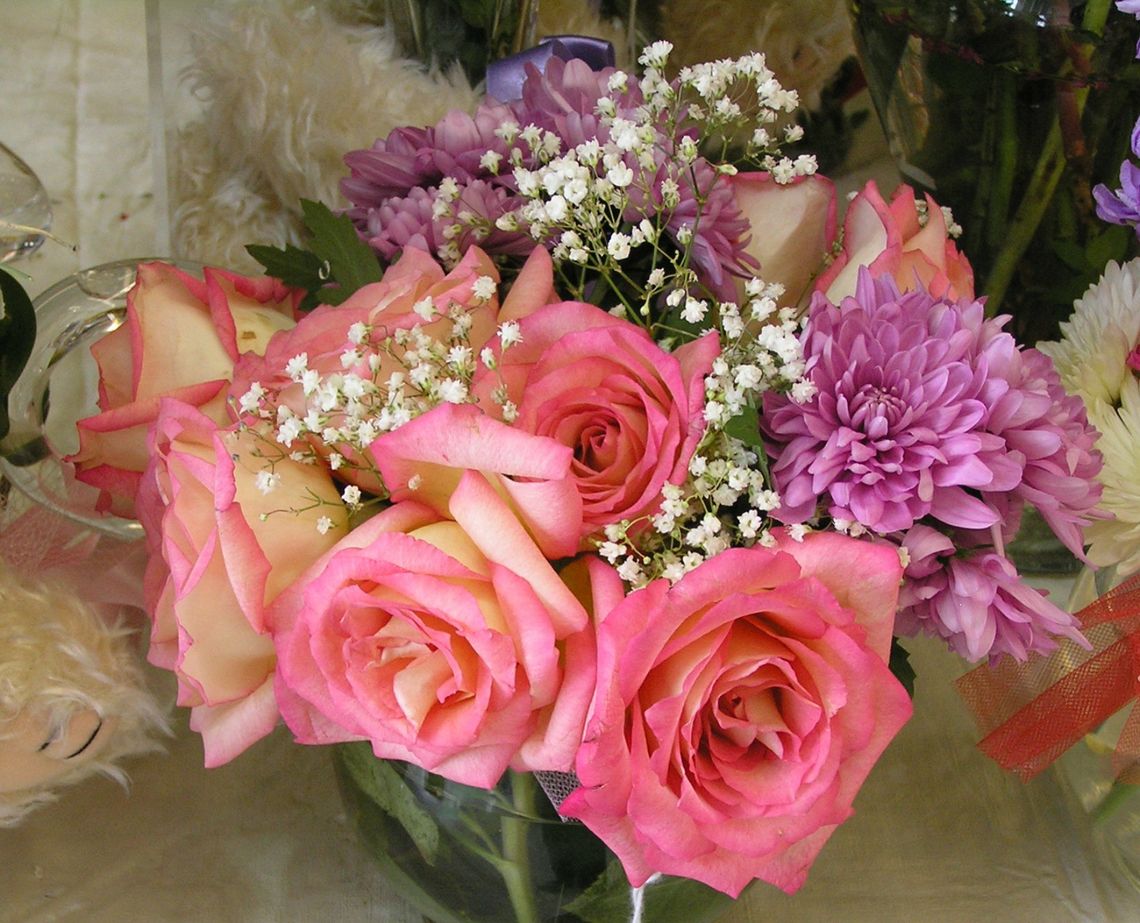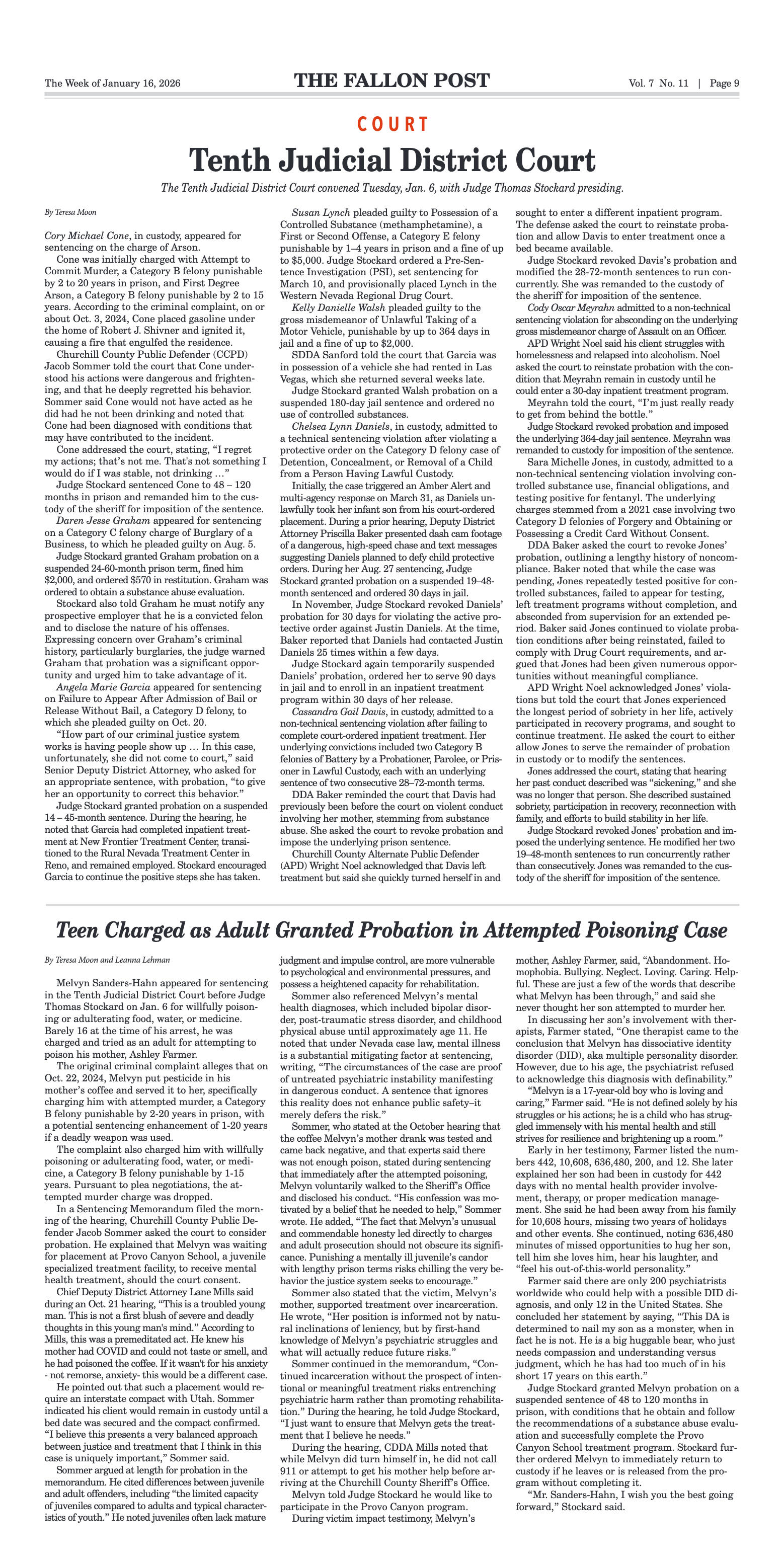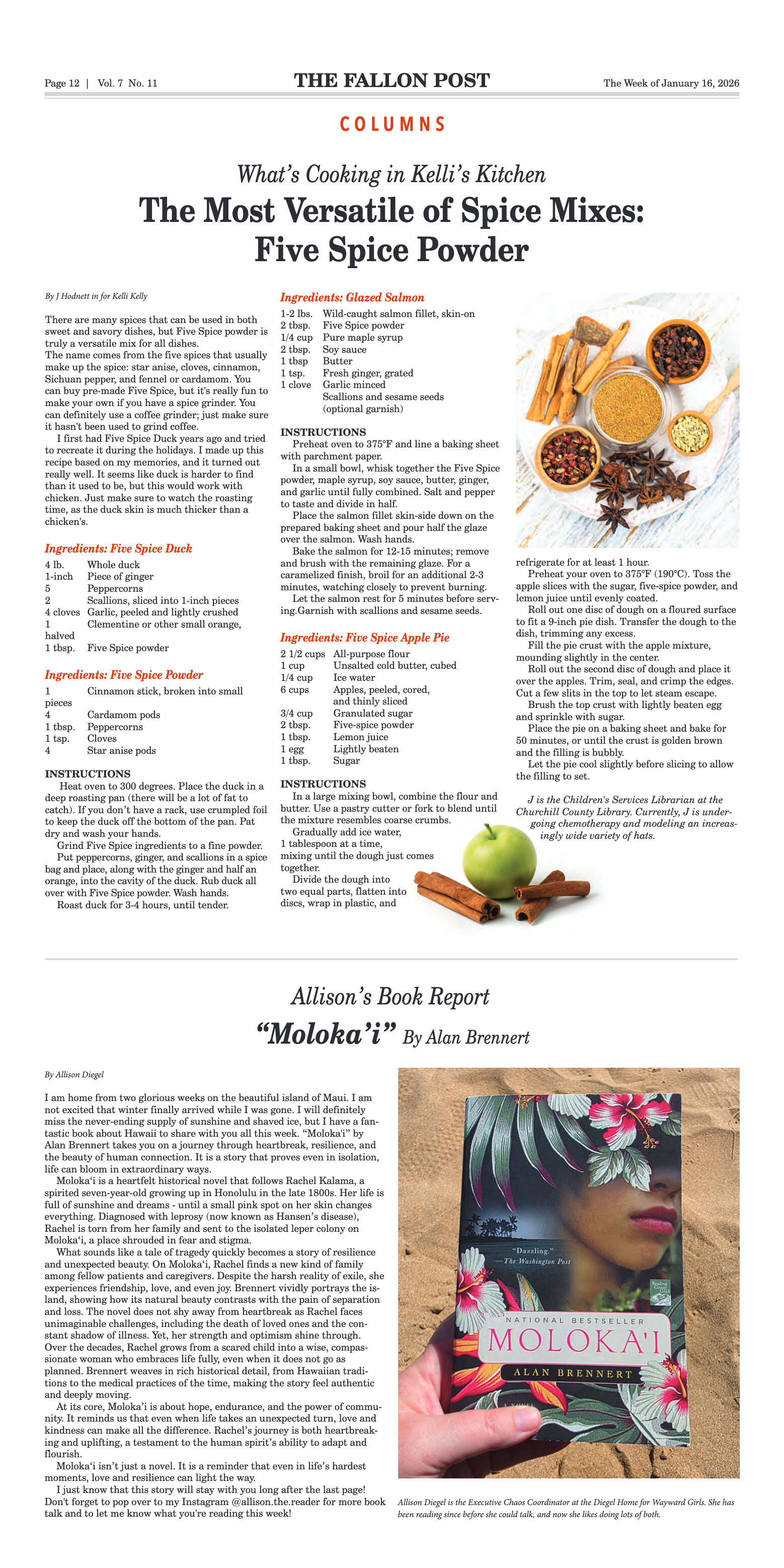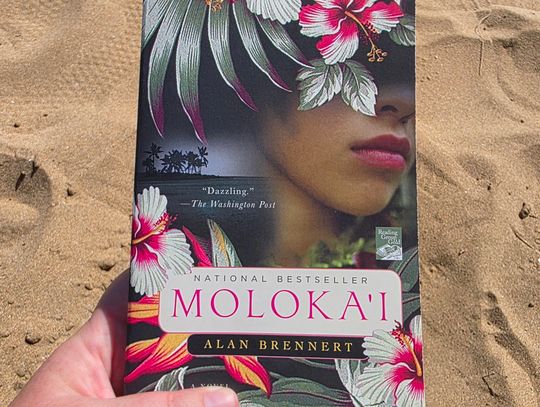Making Your Valentine’s Flowers Last
- 02/09/2019 05:18 PM (update 04/10/2023 11:09 PM)

By Edith Isidoro-Mills —
Valentine's Day is just around the corner and you might receive a bouquet of freshly cut flowers. Usually bouquets arrive with the base of the bouquet wrapped in cellophane. Sometimes you will find a packet of floral preservative stuck in the cellophane wrapper. Don't throw out this packet. You will need that floral preservative, some scissors (or pruners), water, and a vase so you will be able to enjoy your bouquet for a few days.
Before you stick that bouquet in a vase with water, the stems must be prepared to conduct water from the vase to the flower again. When floral stems are clipped from a plant, air pockets can form in the vessels that carry water through the stem. These air pockets block the flow of water back to the flower. To remove these air pockets that form at the cut end of the stem, stick ends in a tub of lukewarm water or hold them under a running tap of lukewarm water. While they are under water cut off the bottom inch and quickly place them back in a clean vase of lukewarm water. Don’t use cold water because it shocks the flower and can cause blockage as well.
Quickly stick the stems in the vase of warm water and empty the packet of floral preservative into the vase. If your bouquet did not come with a packet of floral preservative, you may purchase it at a florist's shop or a garden center and follow the instructions on the package.
Many people have heard the home remedies of using pennies or aspirin in a vase to prolong the life of a bouquet but these remedies don't work. You can use sugar water if the water is acidic but since our water is alkaline here in Churchill County, you will need to add some vinegar to lower the pH of the water. That is why it is better to use the floral preservative that comes with the bouquet or to purchase some because it contains sugars, acidifying agents, and biocides that can help prolong the life of cut flowers.
Speaking of the biocides that come with the floral preservative, bacteria and other microbial organisms can also cause flowers to wilt. If you notice the water in the vase getting cloudy, it is time to change the water. That cloudiness is a sign that microbes are building up in the water and could shorten the life of that bouquet. Add more floral preservative when you change the water.
The environment in which the flowers are placed can also affect the longevity of cut flowers. As with houseplants, don’t place a vase of cut flowers near any source of heat or warm drafts.
However, unlike houseplants direct light can shorten the life of cut flowers so place them in a location that only receives indirect, low light. At night, if possible, cut flowers should be placed in a refrigerator or a garage that doesn’t get below 35ºF.
If you decide to place flowers in the refrigerator over night, make sure all fruits and vegetables are tightly sealed in plastic bags. Ethylene, which is given off by fruits and vegetables, can shorten the life of cut flowers. Fading flowers also give off ethylene so it is important to remove and discard any flowers starting to die in the arrangement.
One factor not to be overlooked in prolonging the life of cut flowers is selecting flowers that are in good condition when purchased or cut from the garden and only using flower varieties known for there longevity when used as cut flowers.






































Comment
Comments